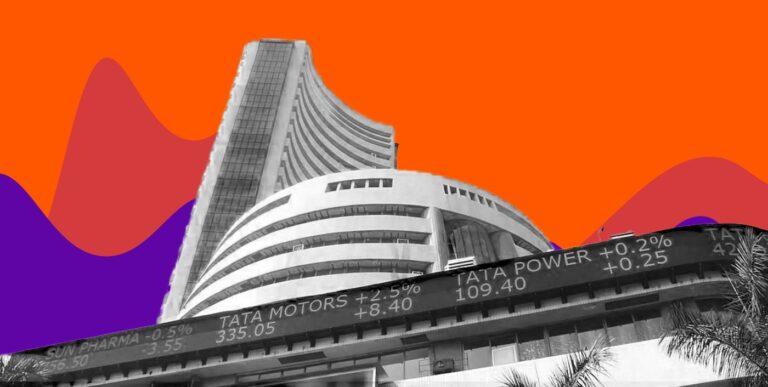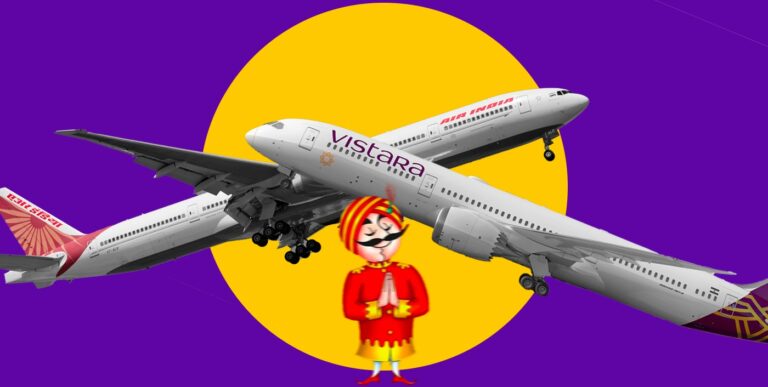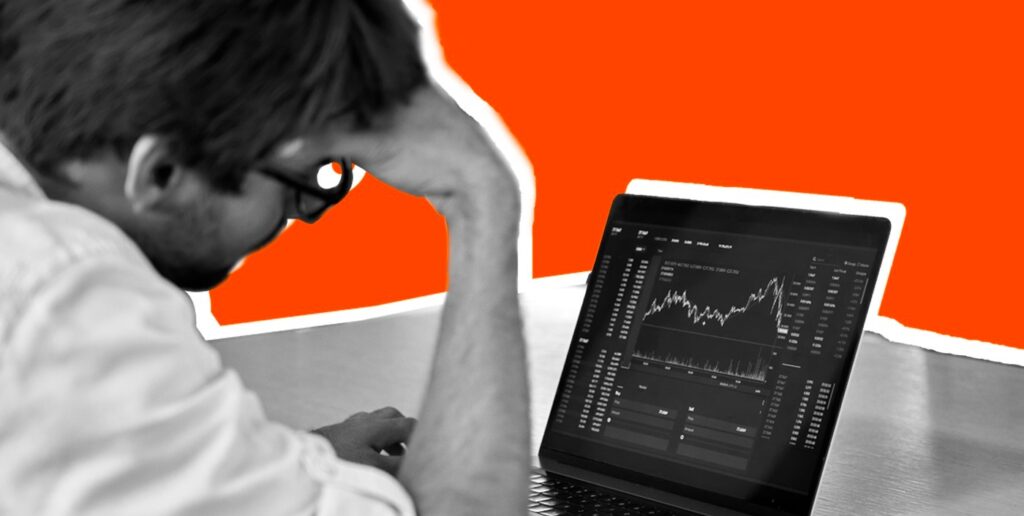
When the markets are ringing higher highs, that’s when experts predict a stock market crash.
- The biggest single-day fall in the Indian market was on March 23, 2020, due to the COVID-led lockdown
- The central banks let the markets and economies die in this crash by pumping in cash
- When crisis ensues, it’s advisable to use the opportunity to its best instead of crying over the losses
One lousy day sets the ball rolling for the things to come. Right when the euphoria is high, there is “shock therapy”. And it’s back to square one, back to where it started. There’s a reset. Catastrophe. Devastation. The “shock therapy” is important, however.
It sends everyone into a moment of thought, to retribution and to think what went wrong, what can be improved and what are the learnings from it. We’re not talking philosophy today. This is about the markets—the stock market.
The indices fall by 4-5%, and you know it’s coming. What you feared is here. And the numbers – inflation, interest rate, economic data, all start making sense now. The macroeconomic situation starts to look exposed. The bullish sentiment is gone now. There are debates about if the crash is good or is it not.
But mind you, it doesn’t need to be as severe as a 10% drop; a good 2% fall can also trigger a crash. But what exactly is a crash?
What is a crash?
“Crash” is a very loosely used term in the stock market. Every time the market “corrects” a little, people call it a crash. However, a correction means a drop between 10-20% from its peak, while a crash is a quick drop of over 20%. This 20% fall can become a bear market if the decline sustains over a more extended period.
But what causes a correction?
- A slowing economy: Investors expect business to slow down and earnings to shrink when the economy slows down or enters a recession. When COVID-19 struck, and the lockdown happened, Nifty 50 locked into the 10% lower circuit, and trading was halted. Volatility followed.
- Increased fear: Excessive greed is followed by fear in the markets. After a crazy bull run comes excess fear in the markets as investors start to think that the markets will fall, and they start selling.
- Dying “animal spirits”: When investor emotions die down, and the euphoric marketmen are back in the hut, the bull run stops with a jolt, and the animal spirits dry up. And the prices dwindle.
- Overheated markets: When the markets are overheated, people know that the valuations are not sustainable, and the prices fall slightly to align with investor expectations. The bull run may or may not continue post that.
- Black Swan events: Events of different categories like wars, supply shocks, oil price-led inflation, pandemics, etc., events that have no economic reason can lead to lower expectations and a possible significant fall in the markets.
Multiple reasons can work together to lead to a crash. e.g. When there is a pandemic, the oil supply might go down, raising the prices and leading to higher prices and higher inflation. This might also increase fear in the economy as people’s trust in the markets at current prices falls.
And when the correction turns to a crash? The streets go silent; the bulls look for a place to hide. And people like you and me? We don’t really know what to do.
Biggest crashes in India
- The Harshad Mehta Scam: BSE fell 12.77% on April 28, 1992, because of a securities scam by Harshad Mehta. He was called the Big Bull of the Indian markets. He was known for his flamboyant way of trading securities. Mehta used unclear regulations to his advantage and raised capital from banks to increase the demand for specific shares and then sell them off at their peak. The market crashed when Mehta sold his inflated stocks. A classic case of pump and dump.
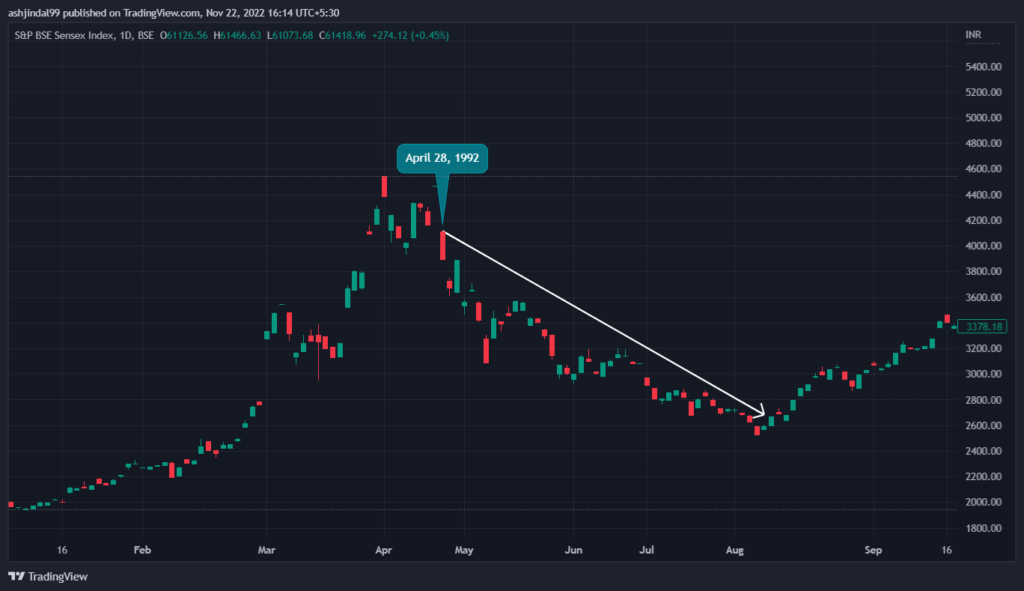
- COVID-19: The pandemic led to multiple big falls in March 2020. An 8.18% fall on March 12, followed by a 7.96% fall on the 16th and another fall of 13.15% a week later. The markets were shocked. There was panic all over as VIX (volatility index) went up to 85. The long-term average is ~17. Companies, economies and markets worldwide faced disruptions as lockdowns were imposed. The most significant fall of 13.15% came because of the same. The growth of the past three years became nil post the crash.
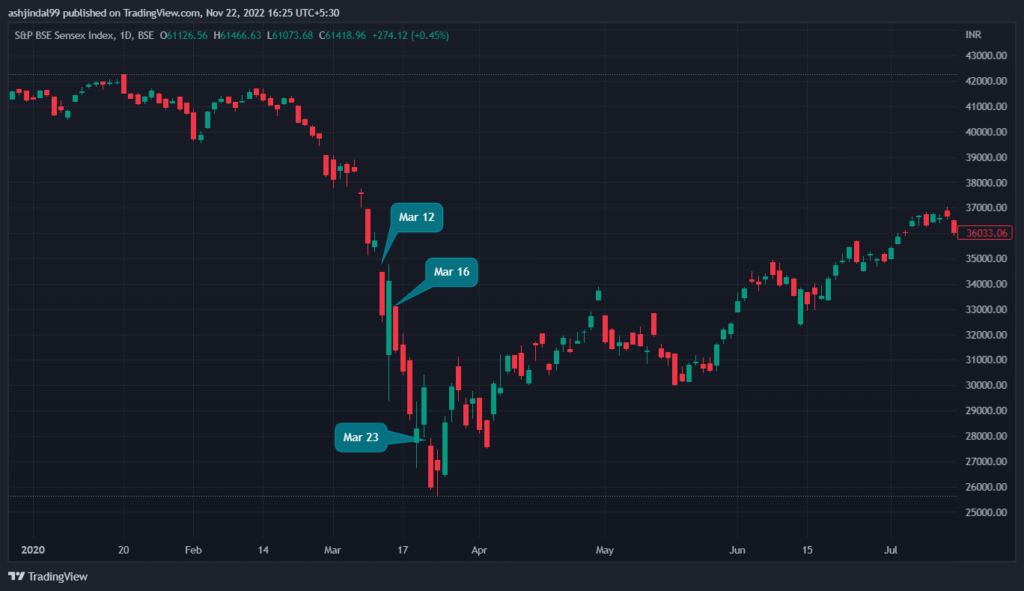
- 2008 Sub-prime crisis: Sensex fell 10.95% on October 24 2008. This was the most significant fall post the Great Depression of the 1930s. The markets fell more than 50% during the crisis in 2008-09, and it took more than 3 years to recover. The housing market crash in the US triggered crashes everywhere, and India, too, faced the brunt of that.
- Demonetisation: Remember, remember, November 8. Following the announcement by PM Modi around demonetisation in 2016, Sensex fell by 5.9% on the back of this news. Other Asian markets also followed suit. Before demonetisation, the Indian stock market was already going through a challenging phase in 2015-16. It dropped over 26% in the past year because of weak global markets and Indian banks’ huge NPAs and bad loans.
Moment of reckoning for central banks
What’s different in this crash is that the central banks have let the markets and economies die, all to save them from inflation. The crash started ensuing right at the beginning of the bull markets in late 2020 and early 2021 when the banks were pumping in money, and it seemed endless. And then Russia declared war on Ukraine, brewing a perfect recipe for disaster.
The quantitative easing by the banks led to a crazy bull market, one for the ages; the wrongfooting led to the position we are in today. Today’s is a position of indecisiveness. In hindsight, everything that looked right in 2021 looks to have gone wrong. The central bank in the US held the markets up, and now this disparity will take months, maybe years, to mend.
But a stock market crash is not all bad news
There are a lot of positives to take from the stock market crashes. While everyone cries over the markets falling, you can take a whole lot of lessons (and make a fortune out of it). Here are a few things I have learnt from the crashes:
- Markets reward patience: Marketmen’s memory is concise. People forget all the long-term gains and panic when the market falls, albeit slightly. The ones who sell their holdings in fear feel the brunt of it later. The ones who keep investing even during crashes always recover their losses and make fortunes over a longer period, however big the crash might have been. Staying in line with the plan is always helpful.
- Don’t liquidate: Panic selling can do more harm than good to your portfolio. The investors who sit tight with their portfolios intact are the real winners. Try to rebalance your portfolio and add more equity when there’s blood on the streets. This approach always helps in creating a good portfolio. And if you still want to liquidate, do your risk reward profiling and then decide if you still want to do it.
- Don’t speculate: Speculators got beaten by the markets the soonest. It can be avoided by investors who want to hold it in the long run. Looking at one-off effects can increase the risk to your portfolio. Working with fundamentals and the market fear index can be helpful.
Where are the markets headed?
One question that pops up every time a crash happens is, “Has the market bottomed?”
Short answer: No one knows.
Long answer: The stock market movements in the short term are not known
Anyone who knows where the market is headed is either lying or is god
These are comforting lies people tell others about market movements. The market moves due to multiple factors: macroeconomic environment, politics, policies, emotions and whatnot, and it is impossible to know all of it accurately. This can lead to inaccurate predictions, and we, as commoners, must understand that only the market knows where it’s going.
Happy investing, folks!
